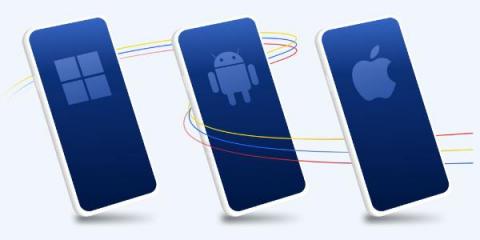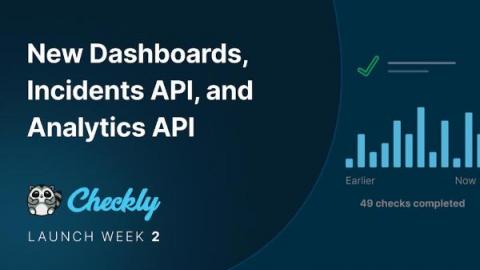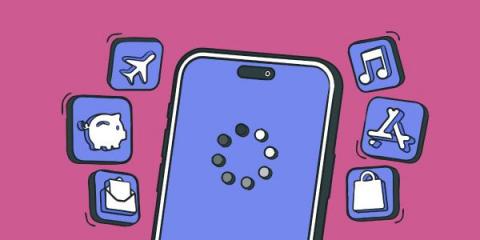Operations | Monitoring | ITSM | DevOps | Cloud
Technology
The latest News and Information on APIs, Mobile, AI, Machine Learning, IoT, Open Source and more!
Why UK Businesses Are Recruiting from Overseas for Technology Talent
The 2023 guide to native app development
Native app development is the creation of software programs that run on specific devices and platforms. You can build native apps for desktops, smart TVs, and so on - but since the most popular target devices are smartphones, native app development is frequently used to mean mobile app development. According to Statista's latest data, Google's Android and Apple's iOS operating systems have squeezed every other mobile OS out of the market over the years, and in the fourth quarter of 2022, they made up 99.4 percent of the total mobile market.
Machine-Learning Automation: Processing, Storing, & Analyzing Data in the Digital Age
The world of software is growing more complex, and simultaneously changing faster than ever before. The simple monolithic applications of recent memory are being replaced by horizontal cloud-native applications. It is no surprise that such applications are more complex and can break into infinitely more ways (and ever new ways). They also generate a lot more data to keep track of. The pressure to move fast means software release cycles have shrunk drastically from months to hours, with constant change being the new normal.
Why is it Important to Monitor & Manage Data Usage on Corporate Devices?
As a business owner, you are likely concerned about data usage on your company’s devices. In today’s digital age, where everything is going mobile-first, monitoring and managing data usage on corporate devices has become increasingly important for companies of any size. This article will explore why monitoring and managing data usage on corporate devices is essential, how you can do this effectively and what tools are available to help.
Introduction to Machine Learning Operations | MLOPs
Public Dashboards, Incident Management, and Our New Analytics API
Late last year we announced improvements to our public dashboards that included a revamped dashboard design that allowed users to see monitoring data in a more easily-digestible way, on any device. We improved performance across the board, and also introduced new incident management functionality—available for paid plans only—that allows users to more easily communicate scheduled maintenance notices and alert developers to minor and major incidents.
Native Playwright Test support goes GA!
Managing Open-Source K3s with the D2iQ Kubernetes Platform (DKP)
6 ways to supercharge mobile app performance
With over 7 billion mobile users worldwide, there’s almost one device for every person on the planet. Not surprisingly, the most popular apps are dominated by social media, messaging and entertainment platforms. But consumers are also shopping and managing finances via mobile devices. And while most users are accustomed to waiting a few seconds for a web application response, mobile users are less forgiving and expect an instant reaction to their swipes and taps.











